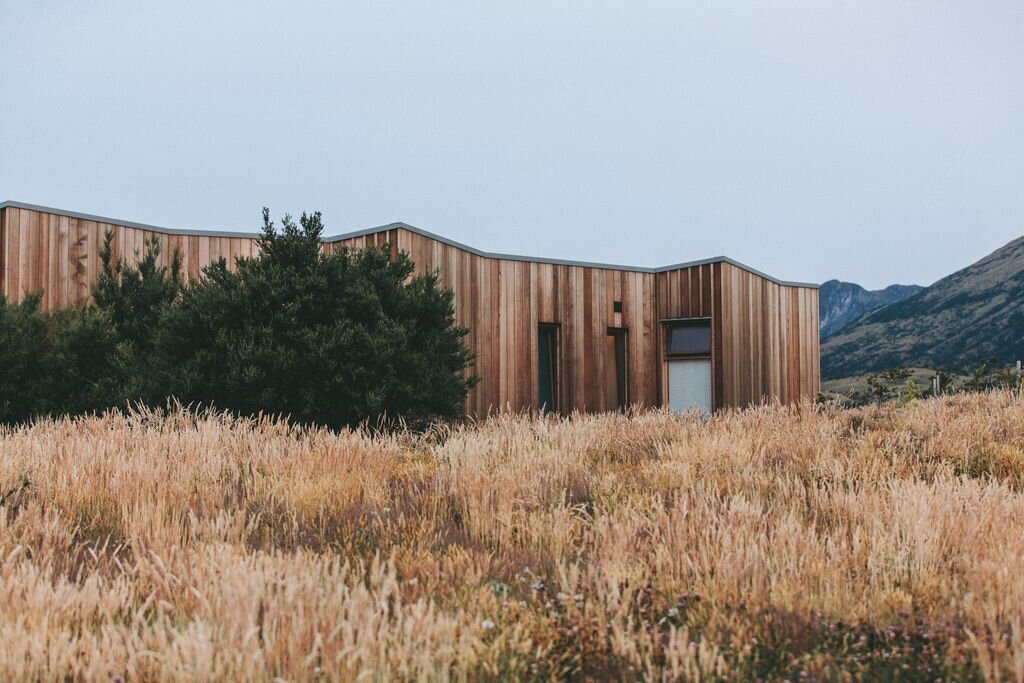Why Bookbinding?
Today many forms of crafts and arts have become popular, from crochet to sourdough bread, upcycling to embroidery. Much of this has to do with filling time during lockdown. I tried a couple of these, my sourdough bread eventually turned out quite good, but I did not take to embroidery.
I love books, I’ve always loved books, I grew up in a house full of books and when I wasn’t reading I was perusing the shelves. When ebook readers came out many feared the death of paper books and I do own a kobo ereader. Although being handy and compact it never had quite the same feel as a paper book, and downloading an ebook is not as satisfying as delving through a second hand bookstore.
Likewise notetaking can be done on a smart phone, but taking out an actual notebook, especially one that may be admired by others has special appeal. Drawings can be done on ipads and journals kept on a tablet, books written on a laptop. But filling a notebook with sketches, thoughts and dreams will never become obsolete. No software updates or fears of not saving your work!
Bookbinding
The craft of bookbinding involves many different steps and processes. There are dozens of ways to bind a book, different styles lend themselves to different purposes. Books on bookbinding can all get quite technical and complicated, however it’s only as complicated as you make it! Some books, such as a single section pamphlet can be made quite quickly, whereas a leather bound library or flexible style can take a few days. Today learning bookbinding can be done in three ways, taking formal classes, learning from online videos and reading textbooks. I have done all three.
Here I’ll try to break down what I do, the materials I use and the products I am currently offering.







